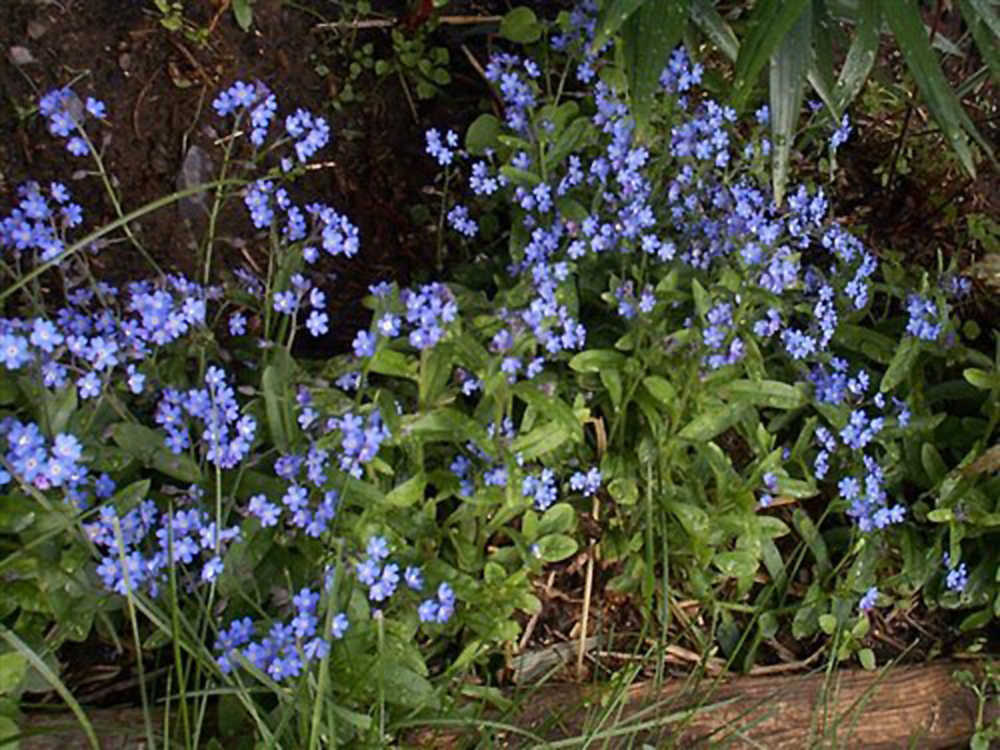In an effort to commemorate and celebrate our nation’s birthday, it is with deep honor that I may present an Alaskan patriotic take on ‘Ole Glory. Independence Day may not have high contrast firework displays here in the Last Frontier, but we do have unbelievably stunning examples of Red, White and Blue.
July means the sockeye season is in full swing, and the coloration of our red salmon is awe-inspiring. The salmon’s coloring is due to the consumption of krill, an oceanic crustacean with a high concentration of carotenoids. Carotenoids are pigments that give rise to a myriad of different colors ranging from soft yellows to brilliant oranges to vibrant reds. Carotenoids are found throughout nature: in leaves (for example, when the green chlorophyll pigment degrades in the fall, the carotenoid pigments are especially apparent in the changing color of the leaves) to even our own skin. These carotenoid pigments are found in the body of the crustaceans, which the salmon then consume and accumulate in their muscles.
This trait is also shared with members of four other genera of salmonid fish. However, what sets apart our Sockeye is that as the salmon approach the spawning ground, they absorb many of their scales, and those scales that do remain are translucent. The underlying red color of the skin is now what is visible. Sexual selection over a generational time frame may have further impacted the extent in which the Sockeye’s red coloration has become what it is today: truly a breathtaking beauty of our Kenai Peninsula waters.
Currently in July, Alaska’s state bird, the Willow Ptarmigan, has a plumage of light brown. This non-migratory bird in winter molts its feathers to an almost pure white display, save for their black tail feathers. The seasonal molt is triggered because of thyroxin, a hormone produced by the bird’s thyroid gland. These hormonal changes within the ptarmigans are stimulated by end of breeding season, which coincides with the beginning of snow cover.
As with all species of birds that molt, when the ptarmigan changes its feathers it does so in a symmetrical pattern which will keep its body balanced and does not encumber flight. The quills of the ptarmigan’s summer brown feathers, which may be thought of as its breeding plumage, will begin to loosen with hormonal changes, and then the winter white plumage starts to grow. The now camouflaged ptarmigan has a greater chance for survival by evading predators in the snow.
This Independence Day weekend bursts of color can be seen not just in the sky, but also in the flora that is around us for many wildflowers are in bloom. Alaska’s most beloved flower, the Alpine Forget-Me-Not, blooms with a graceful and elegant sky blue. The blue pigmentation helps attract animals that will pollinate the flowers. In addition to this brilliant blue color, the scent, which is present in the evening, helps attract pollinators. Forget-me-not is found in various places around the refuge, and can be seen up around the Swanson River area, as well as along trails off Skilak Lake Road.
I hope you enjoy the holiday weekend, and in particular, that you may get to enjoy Alaska’s red, white and blue – whether it’s flipping a sockeye, admiring our ptarmigan, or stumbling upon one or our Alpine Forget-Me-Nots, which Thoreau wrote it most eloquently of a sister species to our forget-me-not: “The mouse-ear forget-me-not, Myosotis laxa, has now extended its racemes very much, and hangs over the edge of the brook. It is one of the most interesting minute flowers. It is the more beautiful for being small and unpretending; even flowers must be modest.”
Jennifer Peura is a biological intern at the Kenai National Wildlife Refuge. For more information about the Kenai Refuge, visit our webpage at http://www.fws.gov/refuge/kenai/.

